Drones have proven be just as accurate at taking plant measurements as more hands-on traditional methods, paving the way for a range of agricultural applications.
A two-year University of Adelaide project funded by the South Australian Grain Industry Trust used drone imagery to measure biomass, growth rate and greenness at trial sites in the wheat belt of South Australia.
Not only did the measurements correlate with physically collected results but data was able to be gathered more regularly because the drones are more efficient than manual techniques.
The ability for drones to potentially replace labour-intensive farming tasks has been known for some time. But the previous high cost of drone technology and doubts about the accuracy of the data they captured have held them back from widespread use in agriculture.
University of Adelaide agricultural scientist and researcher Dr Rhiannon Schilling and Dr Ramesh Raja Segaran from the university’s Unmanned Research Aircraft Facility worked together on the project, which began in 2017 and finished last month.
The project used drones to capture aerial images of the Grains Research and Development Corporation wheat trial sites every few weeks during the five growth stages from early tillering through to late grain ripening.
Dr Schilling said the more efficient use of drones not only allowed for data to be gathered more regularly but also avoided the destructive practice of physically taking biomass samples.
“At the moment when you try and measure biomass throughout the season, every biomass cut we take is reducing the grain yield from the plot so we want to minimise that,” she said.
“It’s really fast to go out and image our sites using a drone – within half an hour we can have our site imaged and the data processed in a few hours back at the university so it’s going to speed up the process.
“Because biomass cuts are so time intensive they were only being done at one or two time points in the growing season. Now we can watch the plant growth rate through time in the field throughout the whole season so it’s a lot more informative.”
Dr Schilling said the technology could improve crop research capabilities and offer more efficient methods for plant breeders and pre-breeding researchers and growers.
She said that while the project focused only on the biomass, growth rate and greenness of trial wheat crops, the confirmation of drone accuracy opened up many opportunities in other areas.
“What we’ve done here is we’ve been able to show that we can measure crop growth through time,” Dr Schilling said.
“In terms of this project, farmers should be able to use this method to assess the amount of biomass for something like hay production but also assess responses through time.
“So looking at grazing pressure or assessing the effect fertiliser had on the growth rate of your crop or pasture – this is where this sort of technology is going.”
The project used a standard DJI Phantom 4 drone, which is available to farmers and comes fitted with a good quality RGB camera for about $2000, to take the bulk of the images.
Dr Schilling said the quality and affordability of sensing equipment that could be added to drones was also constantly improving.
She said more fine-tuning was needed to maximise the value extracted from drone images including overlapping them with data collected from soil and satellite imagery.
“We should be able to put all the layers together now and we’ve been starting to work with some machine-learning experts to do that,” Dr Schilling said.
“Drones have been around for a long time but I don’t think they’ve been used to their full potential yet. One of the limitations has been that until now we didn’t know if what they measure is actually accurate and that’s what this project has achieved.”
Source: The Lead, SA
Author: Andrew Spence

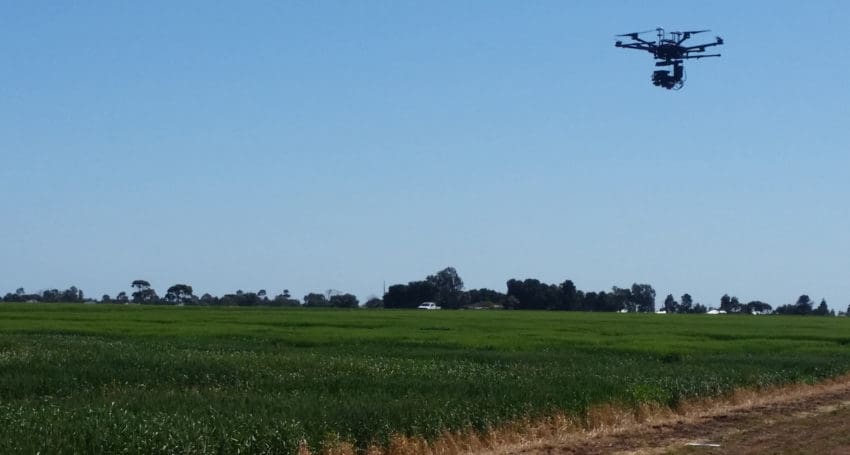
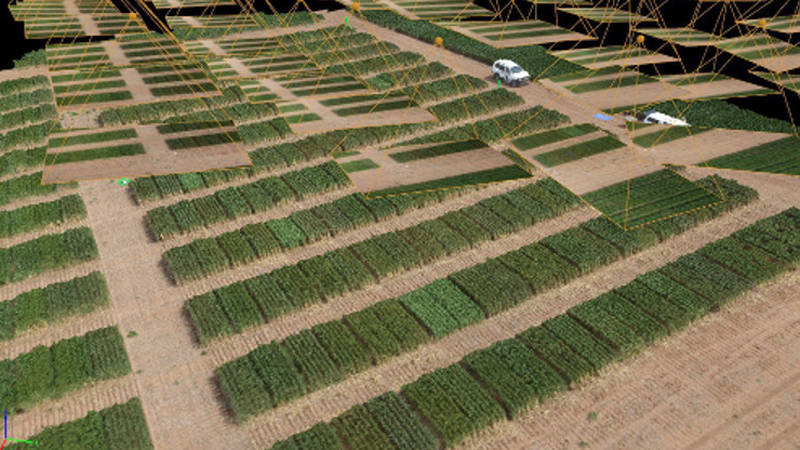
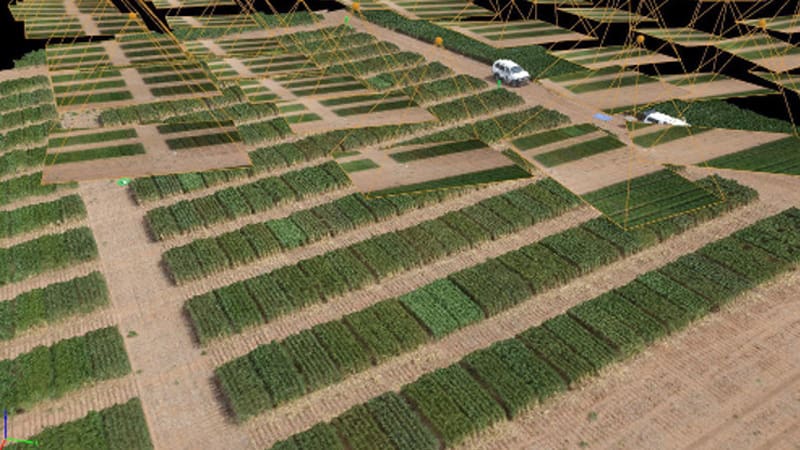
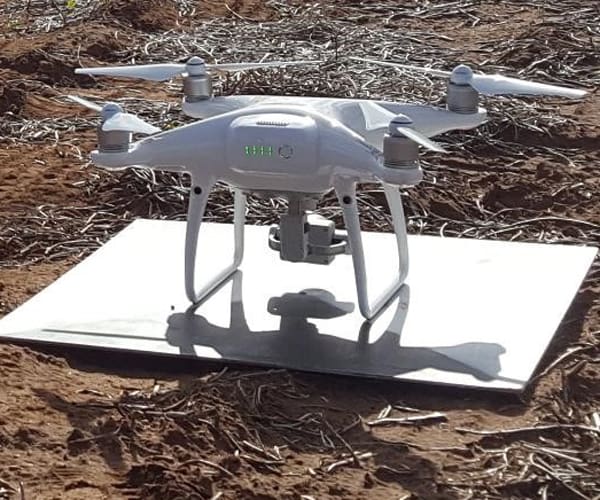
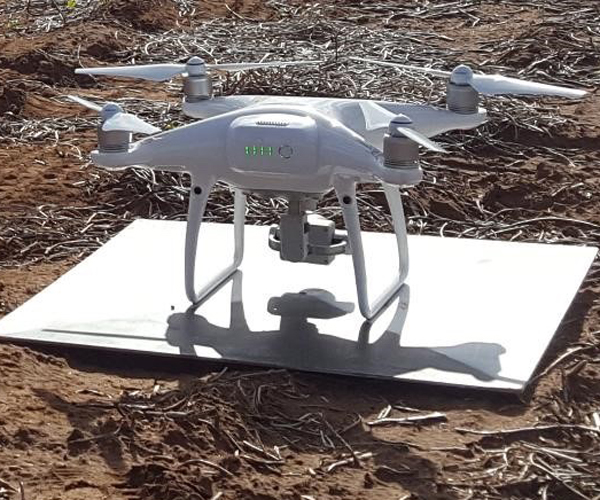
HAVE YOUR SAY